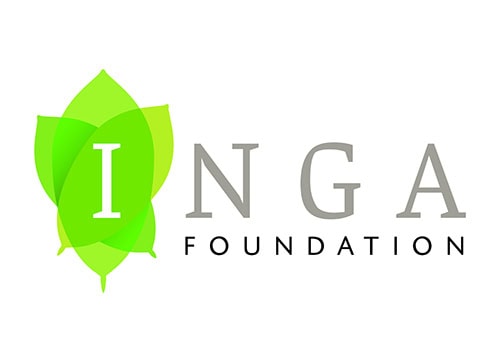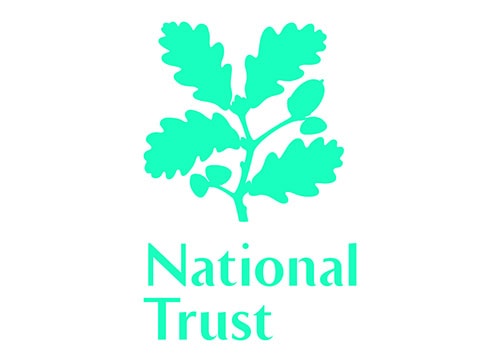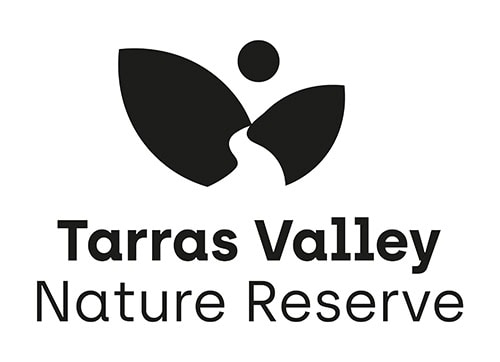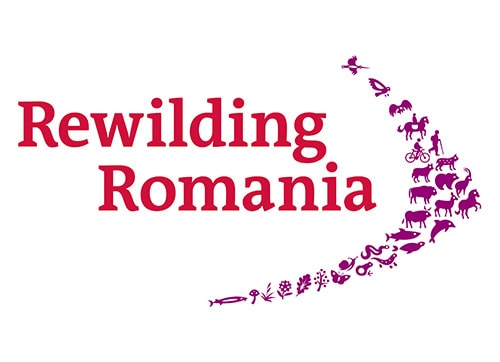GOLD
The Inga Foundation: From Abandoned to Abundant: The Inga Tree Model of organic, regenerative agroforestry

Inga alley-cropping is a proven, revolutionary solution to stopping clearing/burning of land for agriculture in the tropics (200,000 acres burned world-wide each day–2 billion tons of carbon emitted annually). Inga Foundation’s pilot in Honduras regenerates the steepest, most degraded land. By density planting Inga – a native, nitrogen-fixing tree – in hedgerows along the contours with crops planted between the rows, this nature-based agroforestry system replenishes/enriches depleted soil/regenerates landscapes/transforms lives and livelihoods- ensuring total food security, and the ability to remain on the same plot of land forever. Climate-resilient Inga tree alleys withstand the worst climate shocks. The organic, regenerative system avoids/sequesters carbon, rehydrates/enriches soil, and provides firewood needs from the annual pruning–protecting standing trees. Inga alley-cropping reduces global carbon emissions, protects wildlife/marine habitats, increases biodiversity and biological corridors, and preserves water sources–no fossil fuels, chemical fertilizers, pesticides–fulfilling 12 of the 17 UN SDGs with no negative impact whatsoever.
SILVER
National Trust: Resilient River Corridors: Landscape-scale Nature Recovery Across the Holnicote Estate

The Holnicote project is transforming how we manage river catchments for water, wildlife and farming. Led by the National Trust, this nature-based, landscape-scale approach works with the local and farming community to restore natural processes while supporting regenerative agriculture. It has reconnected rivers to floodplains, created a rich mosaic of wetlands and ponds, planted over 120,000 trees, and changed land management to boost both economic and environmental resilience. Holnicote pioneered the UK’s first ‘Stage Zero’ main river restoration, cutting flood peaks by 38% and creating over 8 hectares of vibrant wetland habitat. Keystone species like beaver and water vole have been reintroduced, helping revive ecosystem function. The project blends ecological recovery with social impact-from co-designing with farmers to immersive 360° virtual tours viewed by thousands. Backed by 13+ years of monitoring, Holnicote is shaping UK and international policy and offers a replicable, proven model for a wilder, more resilient future.
SILVER
Tarras Valley Nature Reserve (Langholm Initiative): Making History – South Scotland’s largest community buy-out

A story of hope and a powerful symbol of what can be achieved when we come together. Following two epic land buy-outs, the community of Langholm are now creating the Tarras Valley Nature Reserve, one of the biggest projects of its kind in the UK for people, nature and climate. Thousands of donors from all walks of life pitched in to support the impossible dream of one small community to create a haven for nature and help regenerate a town. Langholm is now making that bold vision a reality with work that has reached and inspired audiences of millions from around the world.
This includes safeguarding rare species, restoring forests, peatlands and wetlands, boosting jobs, attracting new visitors and creating new opportunities through nature-based enterprises. We are inspiring change and showing the real impact that a community can make in forging a hopeful shared future.
BRONZE
Rewilding Romania: Restoring the European bison population in the Southern Carpathians

In 2024, the European bison Reintroduction Initiative celebrated 10 years since its beginning. The same year, the free bison population reached over 200 individuals. When we say free bison, we mean they are 100% wild. No feeding, no human contact other than monitoring. We are now focusing on creating the first ”Bison-smart” Community, developing a better national context for bison reintroductions, and increasing the acceptance and pride. Having a large bison population that is completely free is rare. So the data we collect about the bison is even more valuable. Through data collection and studies, we want to contribute to better understanding this amazing animals, their impact, and provide support for other bison reintroduction initiatives in Romania and Europe. And of course, we want the return of the bison after a 200 year absence to benefit the people too and boost local economies through nature-based tourism.
